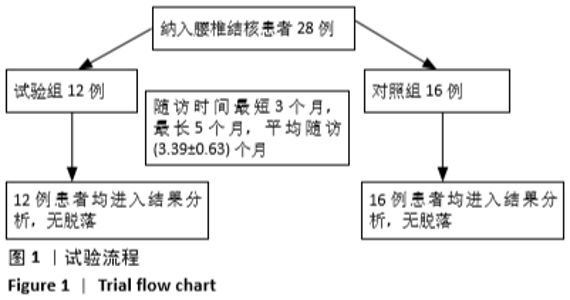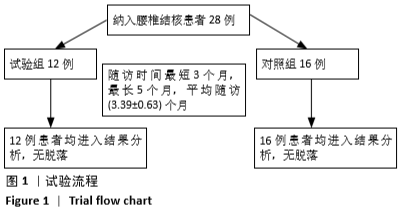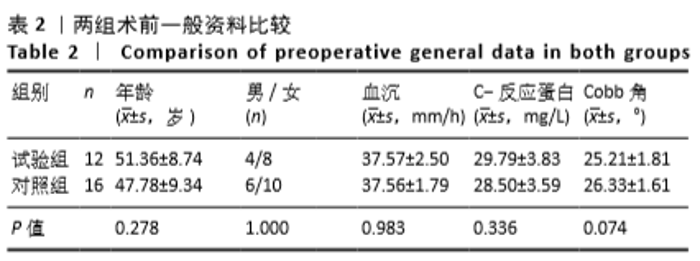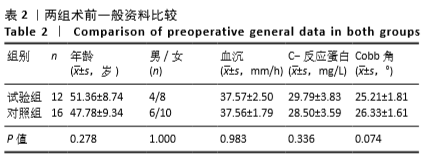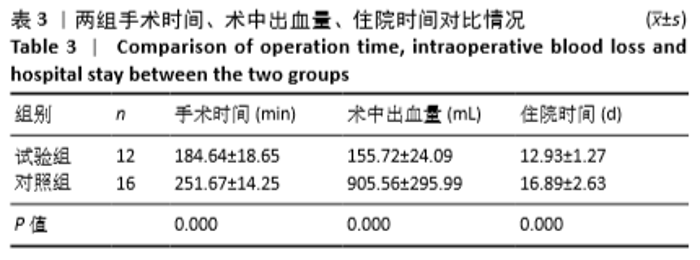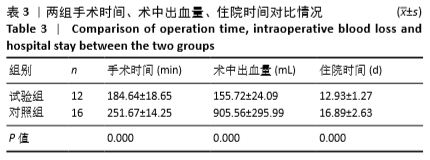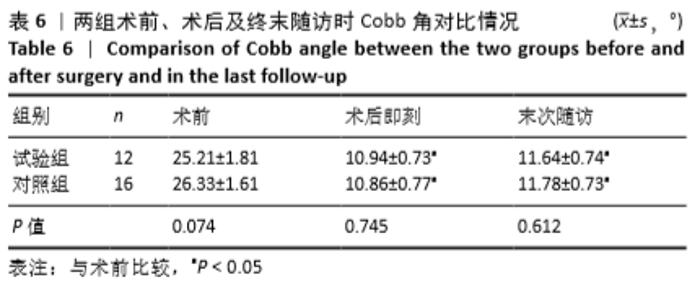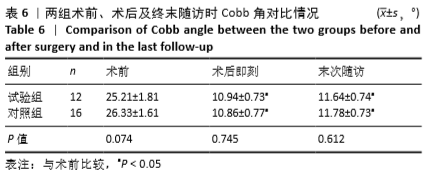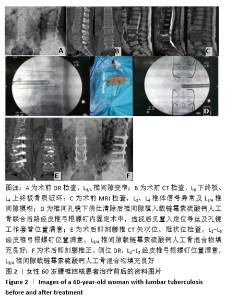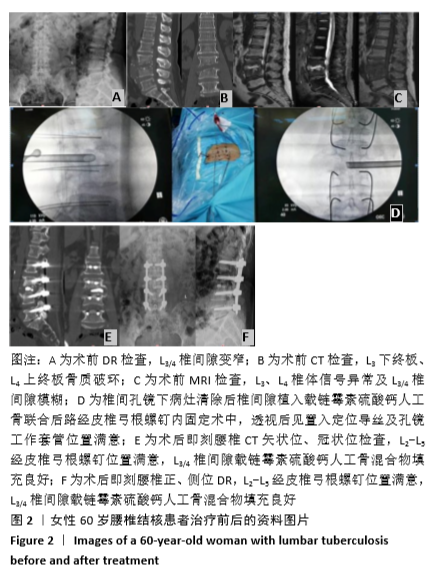[1] 李茂胜,谢微波.多层螺旋CT和MRI诊断脊柱结核患者的价值比较[J].中国CT和MRI杂志,2019,17(8):146-149.
[2] AYDıN T, TAŞPıNAR Ö, KESKIN Y, et al. A Rare Complication of Tuberculosis: Acute Paraplegia.Ethiop J Health Sci.2016;26(4):405-407.
[3] RASOULI MR, MIRKOOHI M, VACCARO AR, et al. Spinal tuberculosis: diagnosis and management.Asian Spine J.2012;6(4):294-308.
[4] YAO Y, ZHANG H, LIU H, et al. Prognostic Factors for Recovery After Anterior Debridement/Bone Grafting and Posterior Instrumentation for Lumbar Spinal Tuberculosis.World Neurosurg.2017;104:660-667.
[5] GUO S, ZHU K, ZHANG S, et al. Percutaneous Pedicle Screw Fixation Alone Versus Debridement and Fusion Surgery for the Treatment of Early Spinal Tuberculosis:A Retrospective Cohort Study.Med Sci Monit. 2019;25:1549-1557.
[6] PENG Q, OU Y, ZHU Y, et al. Treatment of thoracolumbar spinal tuberculosis by posterior focus debridement and bone grafting and fixation combined with psoas abscess debridement and local chemotherapy via different approachs.Zhongguo Xiu Fu Chong Jian Wai Ke Za Zhi.2018;32(7):912-919.
[7] 蔡则成,马荣,马赫,等.载异烟肼、利福平纳米羟基磷灰石-硫酸钙-壳聚糖人工骨在兔脊柱结核模型中的释药研究[J].中国脊柱脊髓杂志,2019,29(2):141-146.
[8] 陈勇忠,卫秀洋,翁少煌,等.抗结核药链霉素-硫酸钙颗粒在兔体内缓释性能观察[J].中国当代医药,2019,26(1):4-7.
[9] 陈勇忠,王剑火,张朋,等.含链霉素医用硫酸钙人工骨修复胸腰椎结核骨缺损[J].中国组织工程研究,2014,18(21):3287-3292.
[10] 覃浩然,覃海飚,陈勇喜,等.经皮微创椎弓根螺钉内固定术治疗胸腰椎跳跃式骨折的临床疗效[J].实用医学杂志,2019,35(8): 1304-1309.
[11] 李代君,蔡小军,韩建华,等.经后路与前后联合入路手术治疗胸腰椎结核的效果对比观察[J].山东医药,2018,58(14):68-71.
[12] SAHOO MM, MAHAPATRA SK, SETHI GC, et al. Role of percutaneous transpedicular biopsy in diagnosis of spinal tuberculosis and its correlation with the clinico-radiological features.Indian J Tuberc. 2019; 66(3):388-393.
[13] KUNAKORNSAWAT S, PHILAWUTH N, PIYASKULKAEW C, et al. Extended Posterior Decompression and Instrumented Fusion for Spinal Tuberculosis. Asian Spine J.2019;13(6):984-991.
[14] 王骞,耿广起,丛晓明,等.载三联抗痨药硫酸钙/聚氨基酸缓释材料在兔脊柱结核模型体内的缓释性能[J].中国组织工程研究, 2017,21(10):1520-1526.
[15] 张卓,孙宇航,耿广起,等.载三联抗痨药硫酸钙/聚氨基酸人工骨植入脊柱结核病灶内:植骨界面的组织学改变[J].中国组织工程研究,2016,20(47):7027-7033. |
